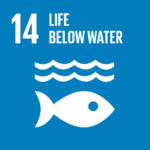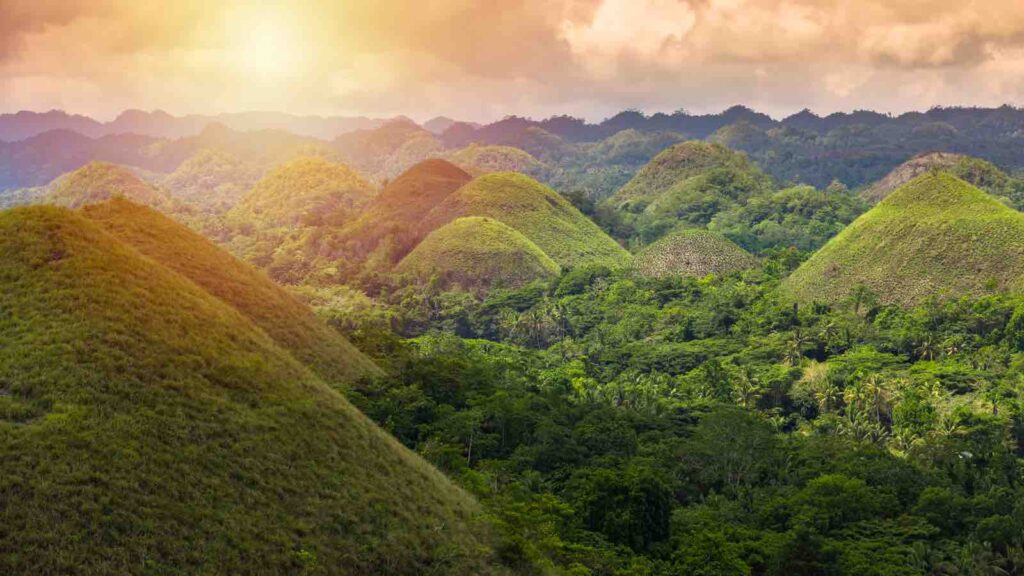The plan’s submission underscores the vulnerabilities that the Philippines, an archipelago of more than 7,600 islands in the Pacific, faces from climate change.
MANILA — The Philippines has become the latest country to outline its strategy for confronting the mounting environmental threats posed by climate change, submitting a national adaptation plan to the United Nations that maps out a 30-year vision for bolstering the archipelago nation’s resilience.
RELEVANT SUSTAINABLE GOALS



The plan, which the Philippine government confirmed on Tuesday had been filed with the United Nations Framework Convention on Climate Change, places the Philippines among a still limited group of 56 countries to have taken the adaptation planning step. It is only the third member of the Association of Southeast Asian Nations to do so.
“It is a dynamic document that will change as the nature and complexity of climate and related hazards shift and human, sectoral, and infrastructure exposure and vulnerability changes,” Toni Yulo-Loyzaga, the secretary of environment and natural resources, said of the adaptation blueprint, which covers the period from 2030 to 2050.
The plan’s submission underscores the vulnerabilities that the Philippines, an archipelago of more than 7,600 islands in the Pacific, faces from climate change. Rising sea levels threaten to inundate coastal areas, while stronger storms and shifts in weather patterns could upend key economic sectors like agriculture and fishing.
Just last month, Ms. Loyzaga warned that failing to invest in climate adaptation over the coming decade could come at an immense cost to the Philippine economy — around 1.4 trillion pesos, or roughly $25 billion.
The National Adaptation Plan
The national adaptation plan is meant to help coordinate the country’s response across different sectors and levels of government. Among the principles cited are enhancing climate risk assessment, integrating adaptation into development policies and budgets, and prioritizing the most vulnerable communities.
Still, crafting the plan was a challenge for Philippine officials, given the complexity of projecting climate impacts across the country’s sprawling islands and varied topography and regions. The government has said it will continue revising the plan as conditions evolve.
For now, its completion marks a milestone in the Philippines’ efforts to ready itself for the accelerating consequences of global warming. But carrying out the strategy, including securing sufficient funding, will be a formidable task in the years ahead.
Lead image of Chocolate Hills Bohol Island Philippines courtesy of Avigator Photography From Getty Images



